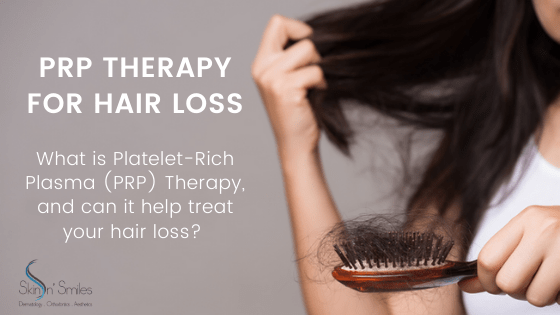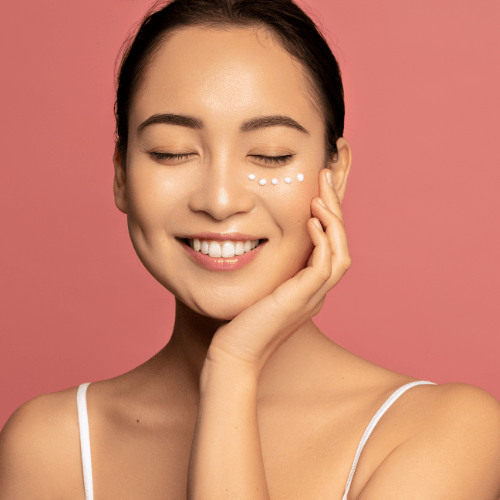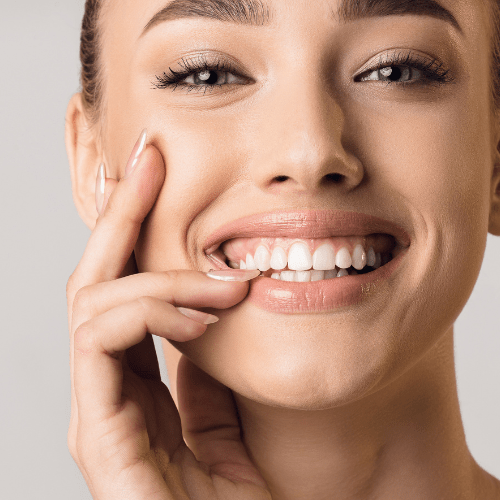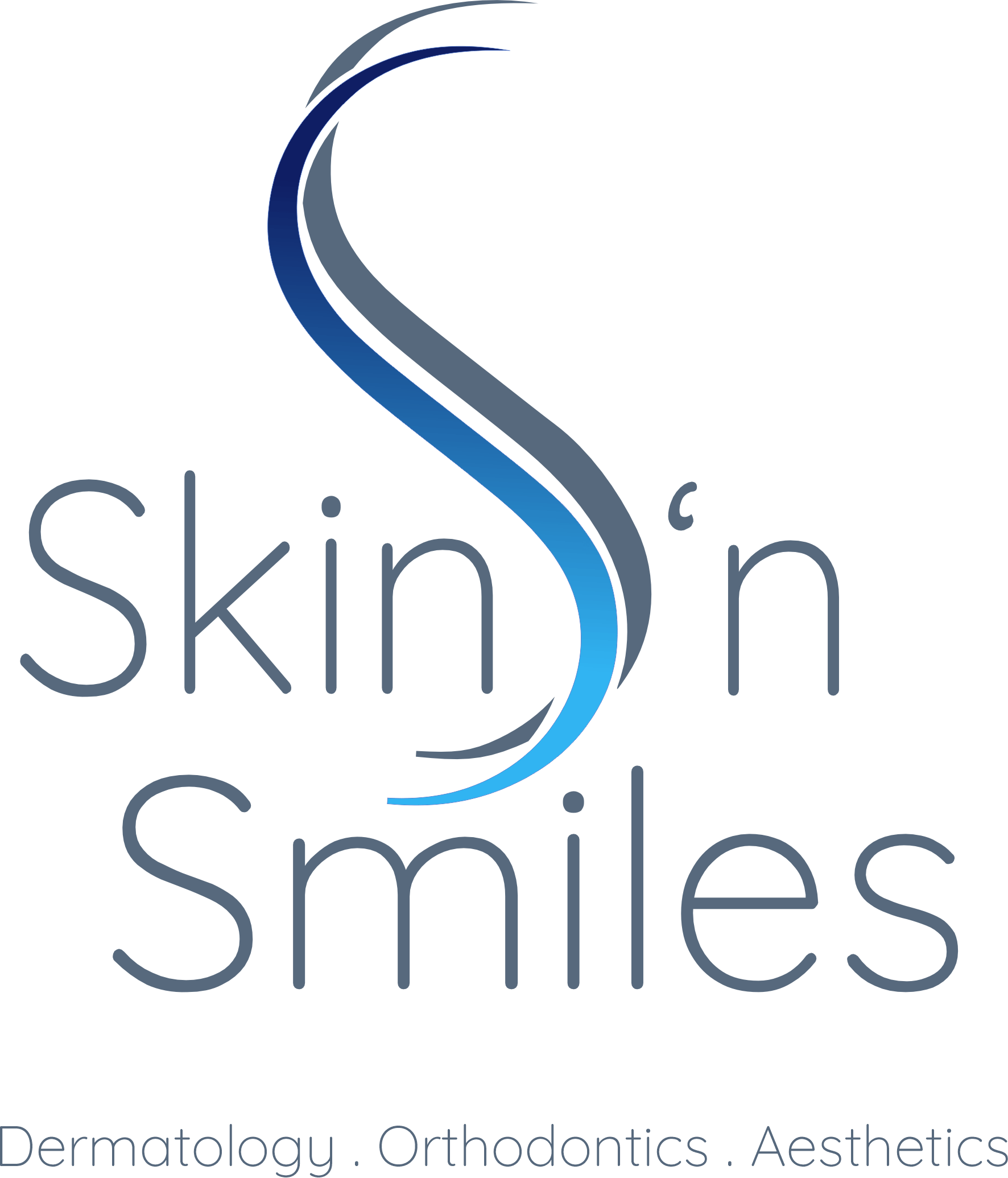What Is PRP Therapy and Does It Really Help Treat Hair Loss?
What Is PRP Therapy and Does It Really Help Treat Hair Loss?
While some amount of hair loss is common, when you start seeing patches of baldness, a receding hairline, or just hair follicles loosening to the point that you get clumps of hair in your hands … well, you have good reason to worry. (But don’t worry too much … because stress and anxiety have been shown to cause hair loss. Act instead, and come see us!)
These days there are a variety of treatment options for hair loss, depending on the cause(s) and nature of your condition. Typically, doctors have prescribed medications and supplements, and performed hair transplants procedures to reduce hair loss, and bring back healthy hair growth.
One novel treatment that has gained popularity in recent years for treating hair loss is Platelet-Rich Plasma therapy (also known as PRP). In this blog, we will tell you all about PRP therapy for hair loss, and who are the best candidates for this hair restoration treatment.

What is Platelet-Rich Plasma Therapy?
Essentially the idea behind PRP therapy is to harness the healing power of blood cells. Specifically, this treatment utilizes platelets – cells present in the blood plasma which secret growth factors that stimulate cell growth and proliferation. PRP therapy has been in used in medicine since the 1980s to treat conditions like joint-related injuries. Its application in dermatology has been more recent to improve skin conditions (the PRP facial) and hair restoration.
How does PRP therapy work?
PRP therapy is an in-clinic treatment that involves three steps. First blood is drawn, usually from your arm. It is then put in a centrifuge to separate out the blood plasma – the substance that is rich in platelets which promote hair growth. The doctor then injects the platelet-rich plasms on to your scalp, focusing on areas that need more hair growth. One of the great things about this therapy is that it has minimal side effects, and is well tolerated by most patients. Some patients may feel a bit of soreness at the injection site, which eases away shortly after the treatment.
Don’t expect instant benefits from PRP though. Our doctors recommend a series of four treatments four weeks apart, followed by maintenance treatments every three months. The exact treatment plan and schedule depends on the degree and nature of your hair loss, as well as your age, hormones, and genetic makeup. Most patients start seeing improved hair growth after their third or fourth treatment.
Does PRP really help improve hair loss?
There has been plenty of research on PRP therapy and it is an FDA approved procedure. There are numerous ongoing studies on the effectiveness of PRP for hair loss, and so far, the research has been promising. In a 2014 study in India looked at a group of patients with male-pattern baldness who used approved medications, but saw little change in their hair growth. After four PRP treatments, they had about 30 percent more growth in thinning areas. A 2017 study out of Italy also found male patients had increased hair and density in areas where doctors used PRP therapy.
Who is PRP best suited for?
PRP is safe and effective for many people – both men and women. People suffering from androgenetic alopecia, which is known among men as male-pattern baldness and among women for leading to thin hair all over the head are the most common candidates for PRP therapy. PRP therapy works better if your hair loss is recent, as it is more challenging to “wake up” hair follicles that have been dormant for a long time.
However, it is not suited for people suffering from certain conditions like thyroid disease or lupus, because these conditions will continue to cause hair loss over time. If you are on blood thinner medications, or suffer from bleeding disorders, clotting disorders or hepatitis, then the quality of your platelets may not be good enough for PRP therapy.
Are there risks to PRP therapy?
PRP therapy for hair restoration is safe and has almost no side effects, and no downtime. However, it is important that you get a treatment from a licensed and trained dermatologist. A dermatologist will be able to properly assess you, understand the root causes for your hair loss, and create a comprehensive treatment plan that may include medications and supplements along with PRP therapy to get the best results.
Overall, there is a reason why more doctors and patients are choosing PRP therapy for hair restoration. While it does require patience, the results can be a wonderful relief to anyone who has suffered through the misery of losing their hair. Since it uses your own blood, and works by improving the health of your hair follicles, you get your beautiful hair back naturally and safely!





